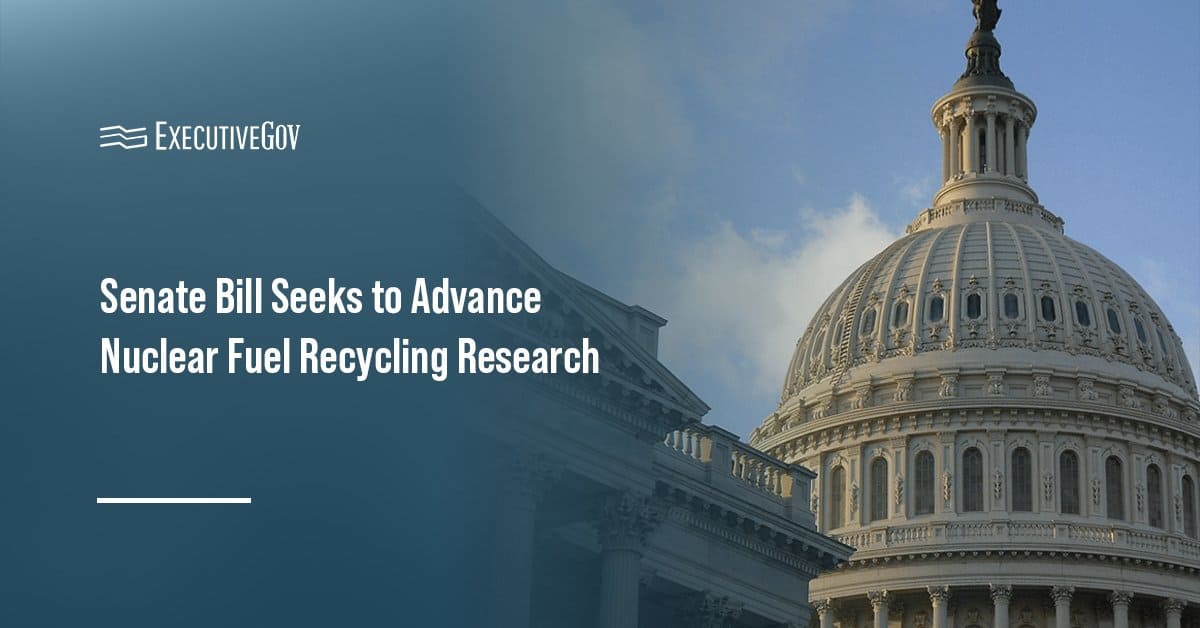Report on Florida House Bill 221: Minimum Wage Waivers and Sustainable Development Goal Implications
Executive Summary
A legislative proposal, House Bill 221 (HB 221), has been introduced in Florida that would permit certain individuals in work-based learning programs to voluntarily accept wages below the state-mandated minimum. This report analyzes the bill’s provisions and evaluates its significant implications for several United Nations Sustainable Development Goals (SDGs), primarily SDG 8 (Decent Work and Economic Growth), SDG 1 (No Poverty), SDG 4 (Quality Education), and SDG 10 (Reduced Inequalities).
Analysis of Proposed Legislation
Key Provisions of HB 221
The proposed legislation outlines a framework for a sub-minimum wage structure under specific conditions:
- Voluntary Waiver: Allows students and trainees to sign a waiver forfeiting their right to the state minimum wage.
- Eligible Programs: Applies exclusively to participants in structured programs such as internships, work-study, and pre-apprenticeships.
- Program Duration: The waiver is limited to a maximum of nine months or two full-time academic semesters.
- Wage Floor: Participants must be compensated at a rate no less than the federal minimum wage of $7.25 per hour.
- Safeguards: The bill prohibits employer coercion and requires a parent or guardian’s co-signature for participants under 18.
- Post-Program Compensation: Upon completion of the program, employers must pay the higher of the state or federal minimum wage.
Implications for Sustainable Development Goals (SDGs)
SDG 8: Decent Work and Economic Growth
HB 221 presents a direct conflict between the dual objectives of promoting economic growth and ensuring decent work for all. The legislation’s impact can be viewed through two lenses:
- Alignment with Economic Growth: Proponents argue the bill stimulates economic activity by lowering labor costs for businesses. This could potentially increase the number of training and entry-level positions available, addressing SDG Target 8.6, which aims to reduce the proportion of youth not in employment, education, or training.
- Conflict with Decent Work: The proposal challenges the core principles of SDG Target 8.5, which calls for “decent work for all” and “equal pay for work of equal value.” By institutionalizing a sub-minimum wage, the bill risks undermining the standard of decent work and creating a precedent for devaluing labor, particularly for young and inexperienced workers.
SDG 1 (No Poverty) & SDG 10 (Reduced Inequalities)
The bill’s potential to affect poverty and inequality levels is a primary concern.
- Impact on Poverty Alleviation: Allowing wages below the state minimum, which is designed to be a living wage, could hinder progress toward SDG 1 (No Poverty). Trainees paid at the federal minimum wage may struggle to meet basic living expenses, potentially increasing financial precarity.
- Exacerbation of Inequalities: The legislation could contribute to greater income disparity, a key concern of SDG 10 (Reduced Inequalities). It establishes a separate, lower-paid tier of labor, which may disproportionately affect individuals from lower socioeconomic backgrounds who rely on income from training programs.
SDG 4: Quality Education
While the bill is framed around educational opportunities, its structure raises questions about the quality and equity of these programs.
- Promotion of Vocational Training: The bill directly supports the creation of work-based learning opportunities, which aligns with SDG Target 4.4, aimed at increasing the number of youths and adults with relevant skills for employment.
- Risk of Exploitation: Critics argue that by tying educational opportunities to sub-minimum wages, the bill could incentivize the creation of low-quality training programs that prioritize cheap labor over meaningful skill development, thereby compromising the “quality” aspect of SDG 4.
Stakeholder Perspectives and Future Outlook
Proponents’ Arguments
Representative Ryan Chamberlin posits that the bill will:
- Foster career development and skill acquisition.
- Lower labor costs, thereby increasing the number of available jobs.
- Base wages on skill and experience rather than “artificially inflated” mandates.
Opponents’ Arguments
Advocacy groups like Florida for All contend that the bill:
- Creates a framework for worker exploitation.
- Lacks sufficient protections against employer coercion.
- Fundamentally undermines the principle of fair wages for labor.
Next Steps
The bill must proceed through the legislative process for approval. If passed, it is scheduled to take effect on July 1, 2026, coinciding with the state’s planned increase of the standard minimum wage to $15 per hour. Its passage would represent a significant policy decision with far-reaching consequences for Florida’s alignment with global sustainable development standards.
Analysis of SDGs, Targets, and Indicators
1. Which SDGs are addressed or connected to the issues highlighted in the article?
- SDG 1: No Poverty
- SDG 4: Quality Education
- SDG 8: Decent Work and Economic Growth
- SDG 10: Reduced Inequalities
2. What specific targets under those SDGs can be identified based on the article’s content?
-
SDG 1: No Poverty
- Target 1.2: By 2030, reduce at least by half the proportion of men, women and children of all ages living in poverty in all its dimensions according to national definitions. The article discusses a proposal to allow certain workers to be paid less than the state minimum wage ($14/hour) and as low as the federal minimum wage ($7.25/hour). Minimum wage policies are a primary tool for poverty reduction, and altering them directly impacts the income of low-wage workers, connecting the bill to efforts to combat poverty.
-
SDG 4: Quality Education
- Target 4.4: By 2030, substantially increase the number of youth and adults who have relevant skills, including technical and vocational skills, for employment, decent jobs and entrepreneurship. The proposed bill specifically targets individuals in a “work-study, internship, pre-apprenticeship, or other similar work-based learning opportunity.” Proponents argue it will help workers receive “the skills needed to compete in today’s economy,” which directly aligns with the goal of increasing vocational skills for employment.
-
SDG 8: Decent Work and Economic Growth
- Target 8.5: By 2030, achieve full and productive employment and decent work for all women and men, including for young people and persons with disabilities, and equal pay for work of equal value. The entire article revolves around employment and wages. The debate on whether the proposed wage is “fair” or could lead to “exploitation of workers” touches upon the concept of “decent work.” The bill creates a different pay scale for trainees, which relates to the principle of “equal pay for work of equal value.”
- Target 8.6: By 2020, substantially reduce the proportion of youth not in employment, education or training. Although the target date has passed, its objective is relevant. The bill is framed as a way to create more training and job opportunities for young people by lowering labor costs for employers, specifically targeting students and trainees in “work-based learning” programs to help them enter the job market.
-
SDG 10: Reduced Inequalities
- Target 10.4: Adopt policies, especially fiscal, wage and social protection policies, and progressively achieve greater equality. The proposed legislation is a wage policy. Critics, such as the coalition fighting for “racial, economic and gender equality,” argue that it could be exploitative and increase inequality by creating a sub-minimum wage category of workers, while proponents claim it will create more opportunities. This directly engages with the role of wage policies in shaping economic equality.
3. Are there any indicators mentioned or implied in the article that can be used to measure progress towards the identified targets?
-
For SDG 8 (Target 8.5)
- Indicator (Implied): Minimum wage levels. The article explicitly states the Florida minimum wage ($14/hour), the planned increase to $15/hour by 2026, and the federal minimum wage ($7.25/hour). These figures serve as direct indicators of wage standards.
- Indicator (Implied): Wage gap between trainees and regular workers. The bill’s proposal to allow payment below the state minimum for trainees creates a measurable wage differential that can be tracked as an indicator of pay equality.
-
For SDG 4 (Target 4.4) and SDG 8 (Target 8.6)
- Indicator (Implied): Number of participants in work-based learning programs. The bill’s focus on “work-study, internship, pre-apprenticeship” opportunities implies that the number of people enrolled in such programs would be a key metric to evaluate its success in providing skills and reducing youth unemployment.
- Indicator (Implied): Number of jobs created. A proponent of the bill, Representative Chamberlin, claims it will “add more jobs to the market.” The change in the number of available positions, especially for entry-level workers and trainees, would be a direct indicator of its economic impact.
-
For SDG 10 (Target 10.4)
- Indicator (Implied): The existence and scope of a sub-minimum wage policy. The bill itself, if passed, would be a policy indicator. The number of workers who sign the waiver to accept a lower wage would be a quantifiable measure of the policy’s application and its effect on wage structures.
4. Table of SDGs, Targets, and Indicators
| SDGs, Targets and Indicators | Targets | Indicators |
|---|---|---|
| SDG 1: No Poverty | 1.2: Reduce at least by half the proportion of people living in poverty according to national definitions. | Hourly wage rates for low-income workers (e.g., state minimum of $14 vs. federal minimum of $7.25). |
| SDG 4: Quality Education | 4.4: Increase the number of youth and adults who have relevant skills for employment. | Number of participants in work-study, internship, and pre-apprenticeship programs. |
| SDG 8: Decent Work and Economic Growth | 8.5: Achieve full and productive employment and decent work for all, and equal pay for work of equal value. | Wage gap between trainees and regular employees; State and federal minimum wage levels. |
| 8.6: Substantially reduce the proportion of youth not in employment, education or training. | Number of jobs created for young people/trainees. | |
| SDG 10: Reduced Inequalities | 10.4: Adopt policies, especially wage policies, to achieve greater equality. | Existence of a sub-minimum wage policy; Number of workers paid under the state minimum wage through the waiver system. |
Source: newsweek.com






